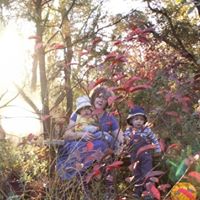Which U.S. state has the largest number of active or potentially active (dormant) volcanoes?
An active volcano is defined as a volcano that has had at least one eruption during the past 10,000 years. A volcano need not be erupting to be deemed active; a dormant volcano may not have erupted since the last ice age, but is nevertheless still considered “active” because it potentially could erupt.
In the United States, there are roughly 200 active volcanoes, distributed among 12 states. Of that number, Alaska is home to a whopping 141 of them, the most of any state. Fortunately, most Alaskan volcanoes are far from populated places and pose little threat to humans. Even so, volcanic eruptions in the state can still be inconvenient. Case in point: a 2008 eruption from Alaska's Mount Okmok caused major flight delays.
California currently has eighteen active volcanoes, and Oregon has seventeen. None are currently erupting, though both states monitor a number of high-risk volcanic sites.
Of the seven volcanoes in Washington state, Mount St. Helens is likely the best known, due to its massive 1980 eruption. As of 2021, it was the most destructive and deadliest eruption in U.S. history.
Hawaii comes in at fifth place, with five active volcanoes: Haleakala, on the island of Maui, and an additional four active volcanoes on or near the “Big Island” of Hawaii: Hualalai, Mauna Loa, Kilauea, (located on the island) and the youngest volcano of the Hawaiian chain, Loihi, which lies underwater about 35 km (21.75 miles) off the coast to the southeast.
More Info:
www.worldatlas.com
